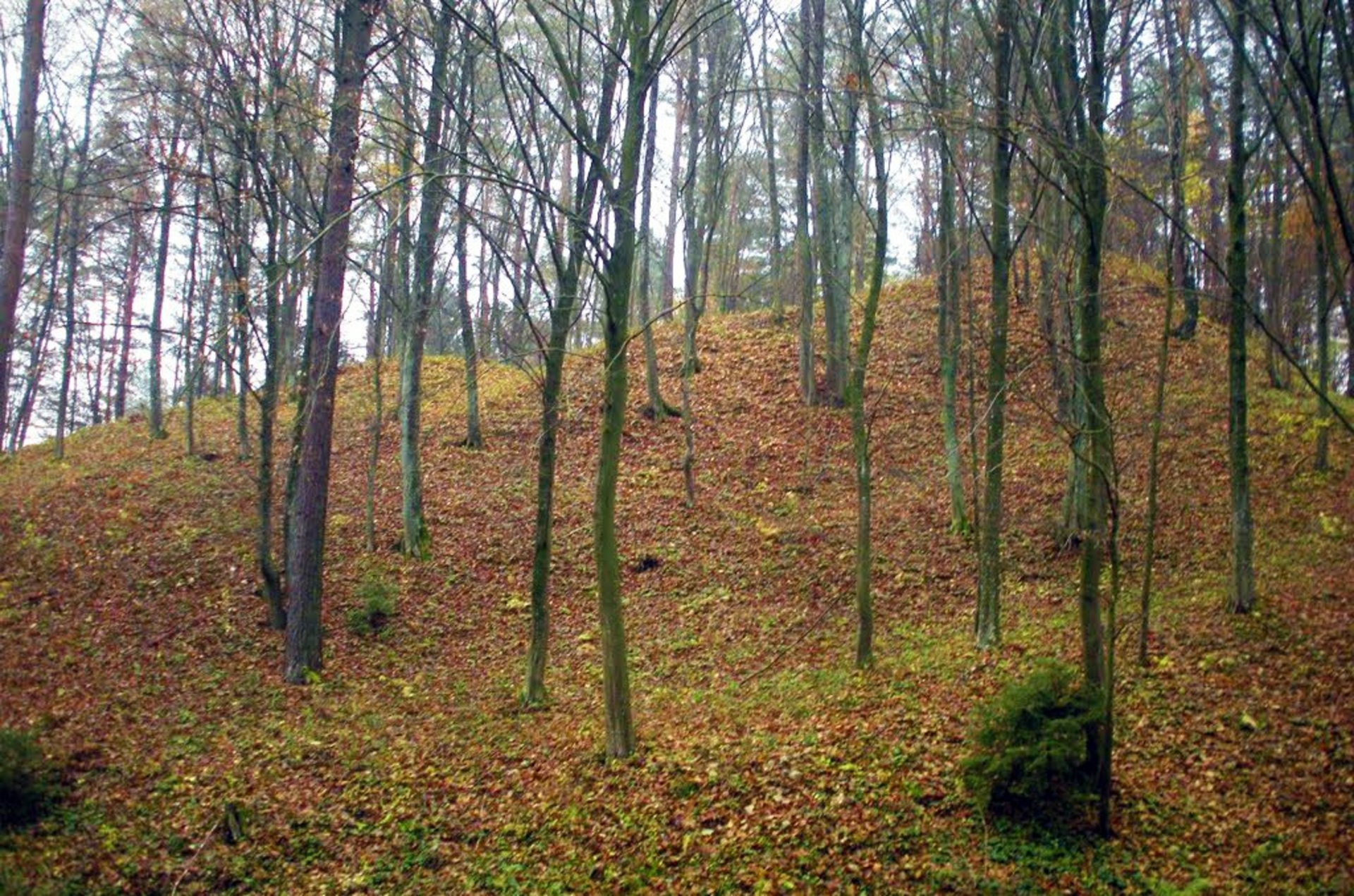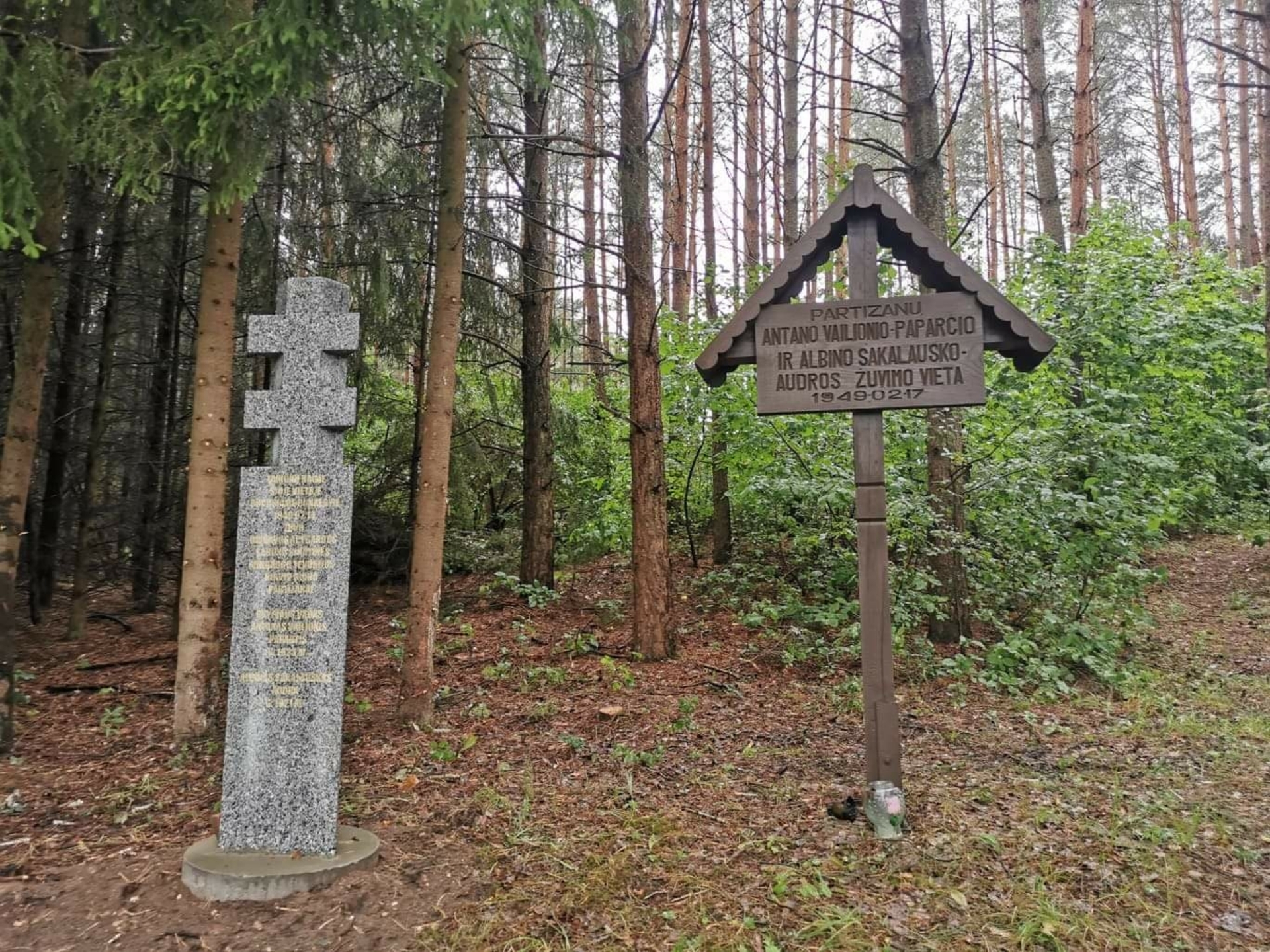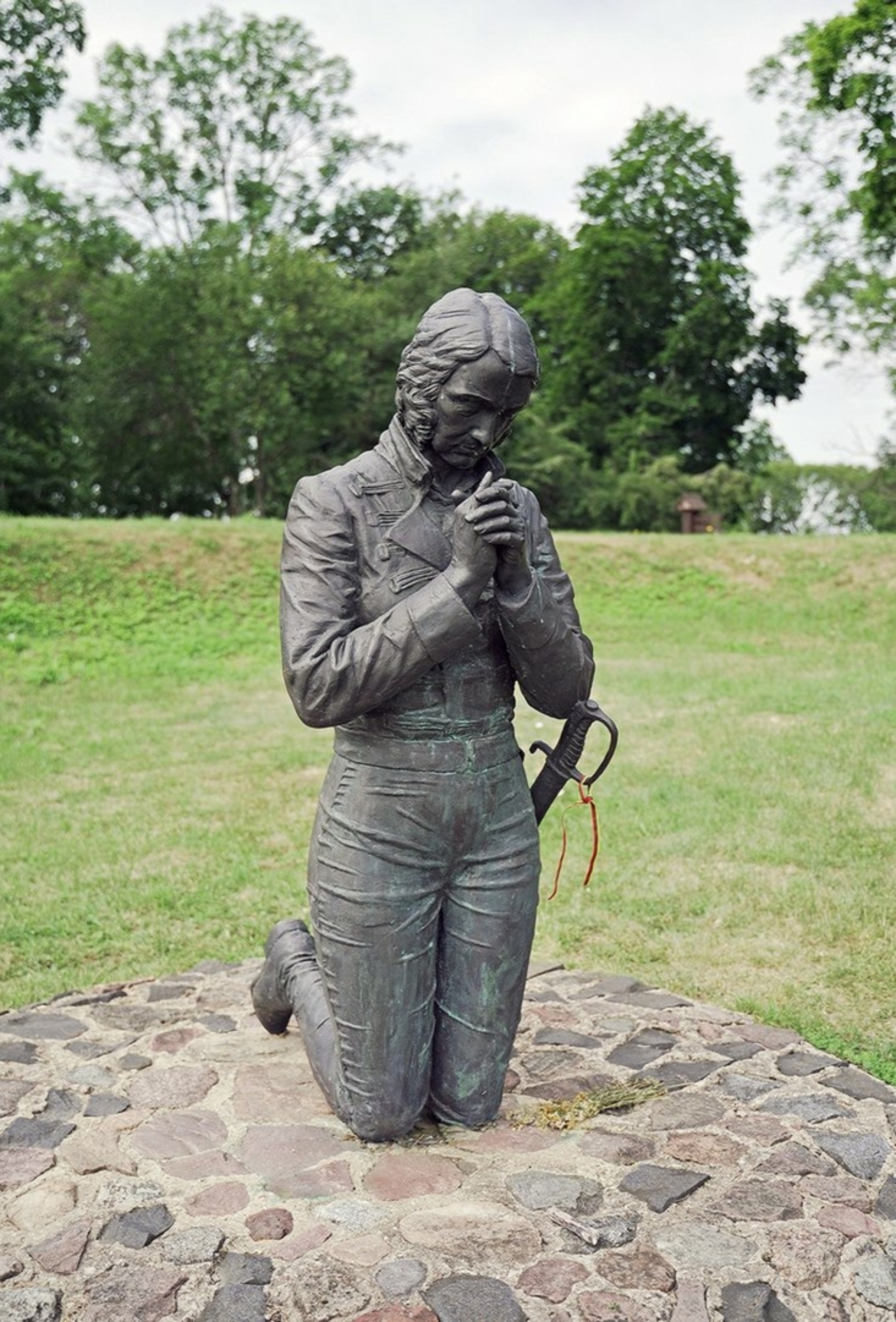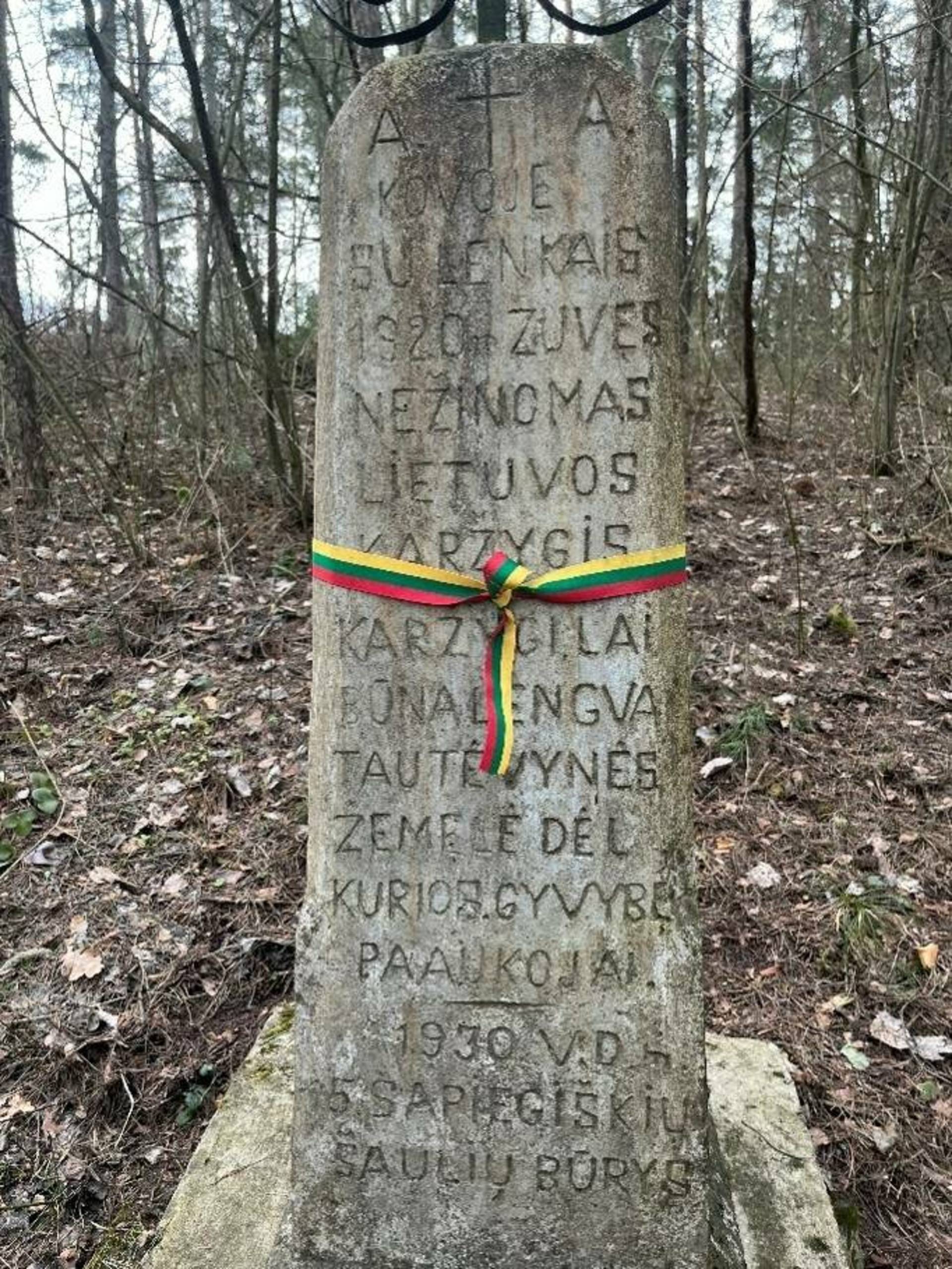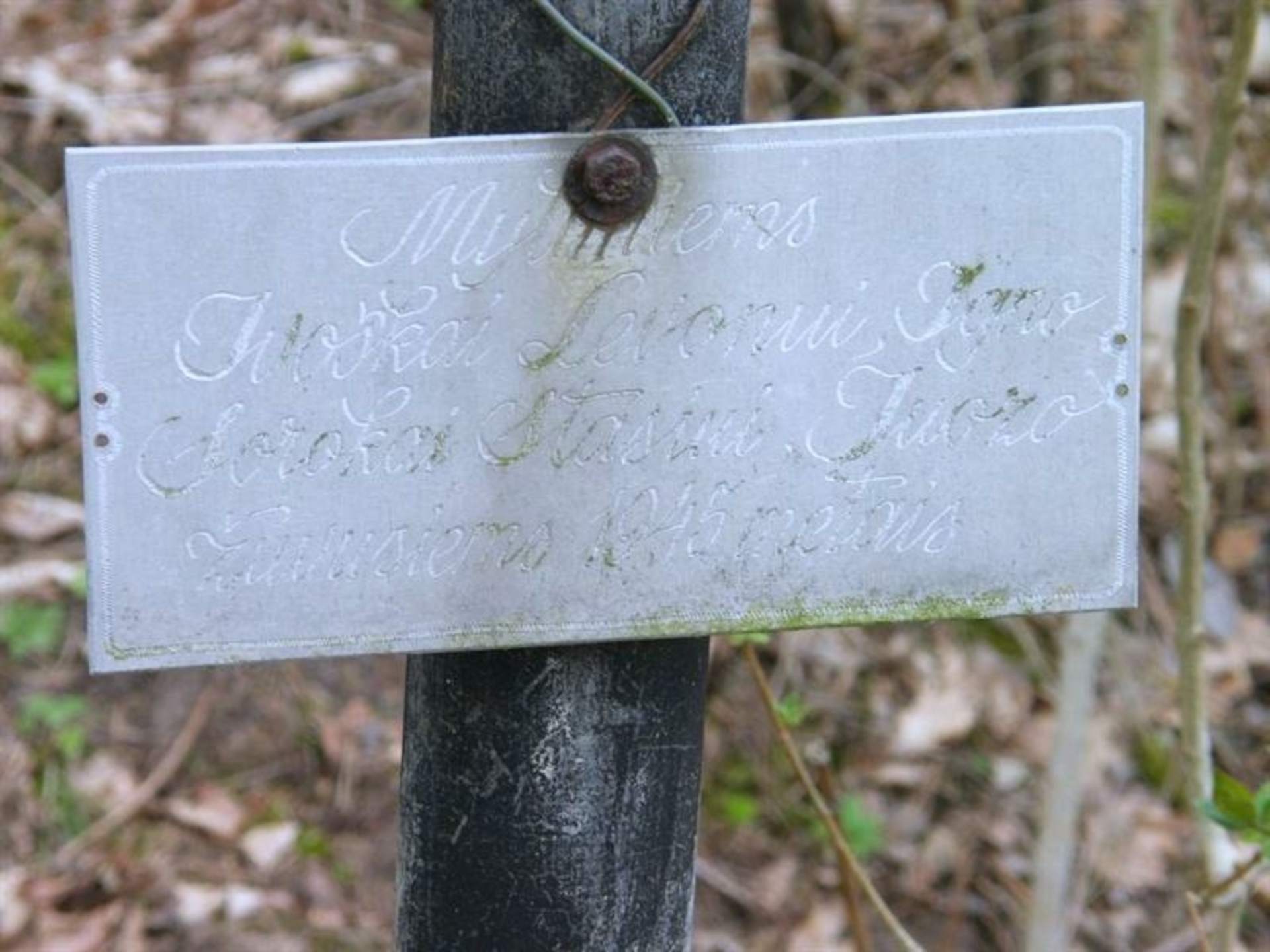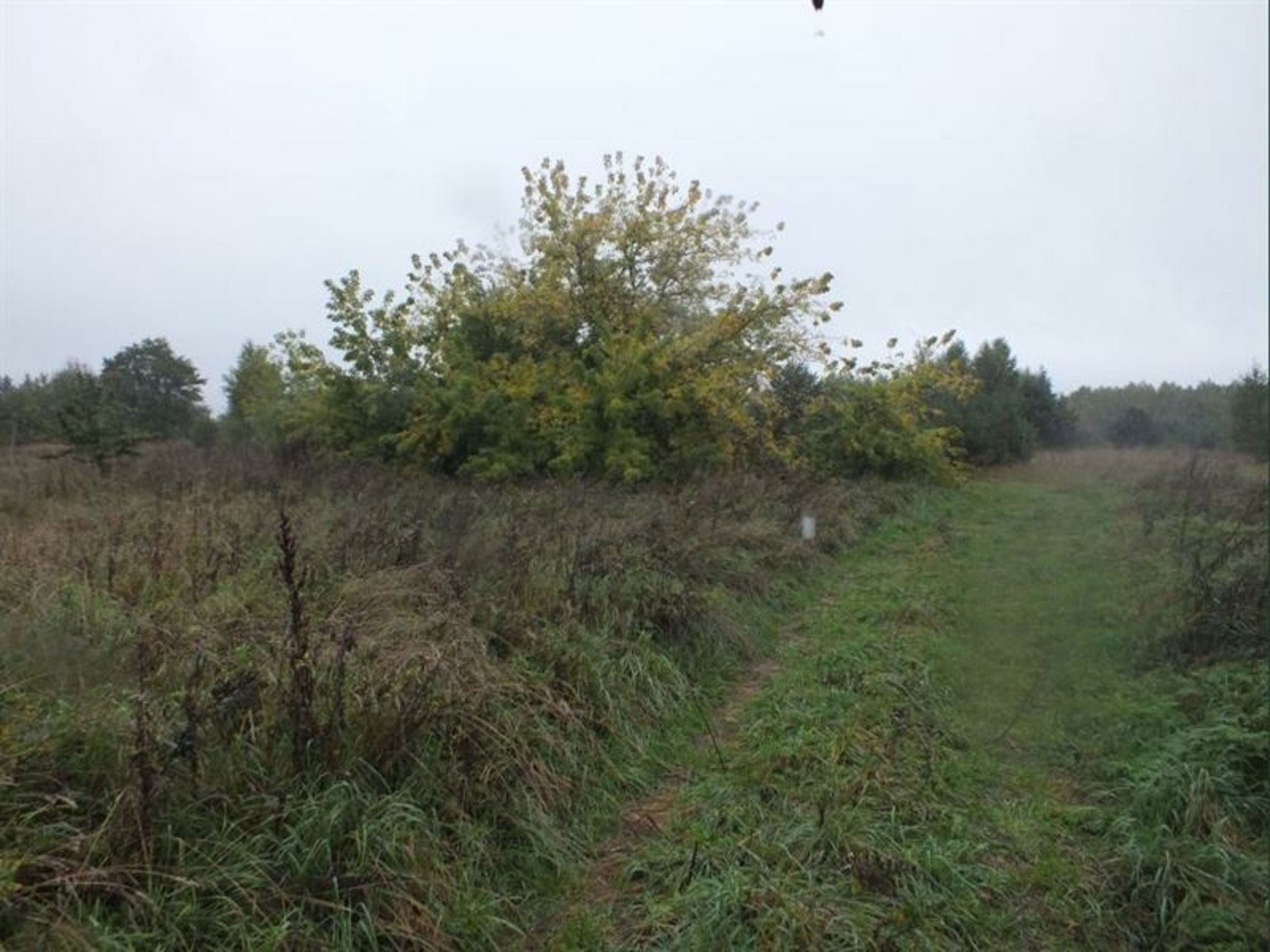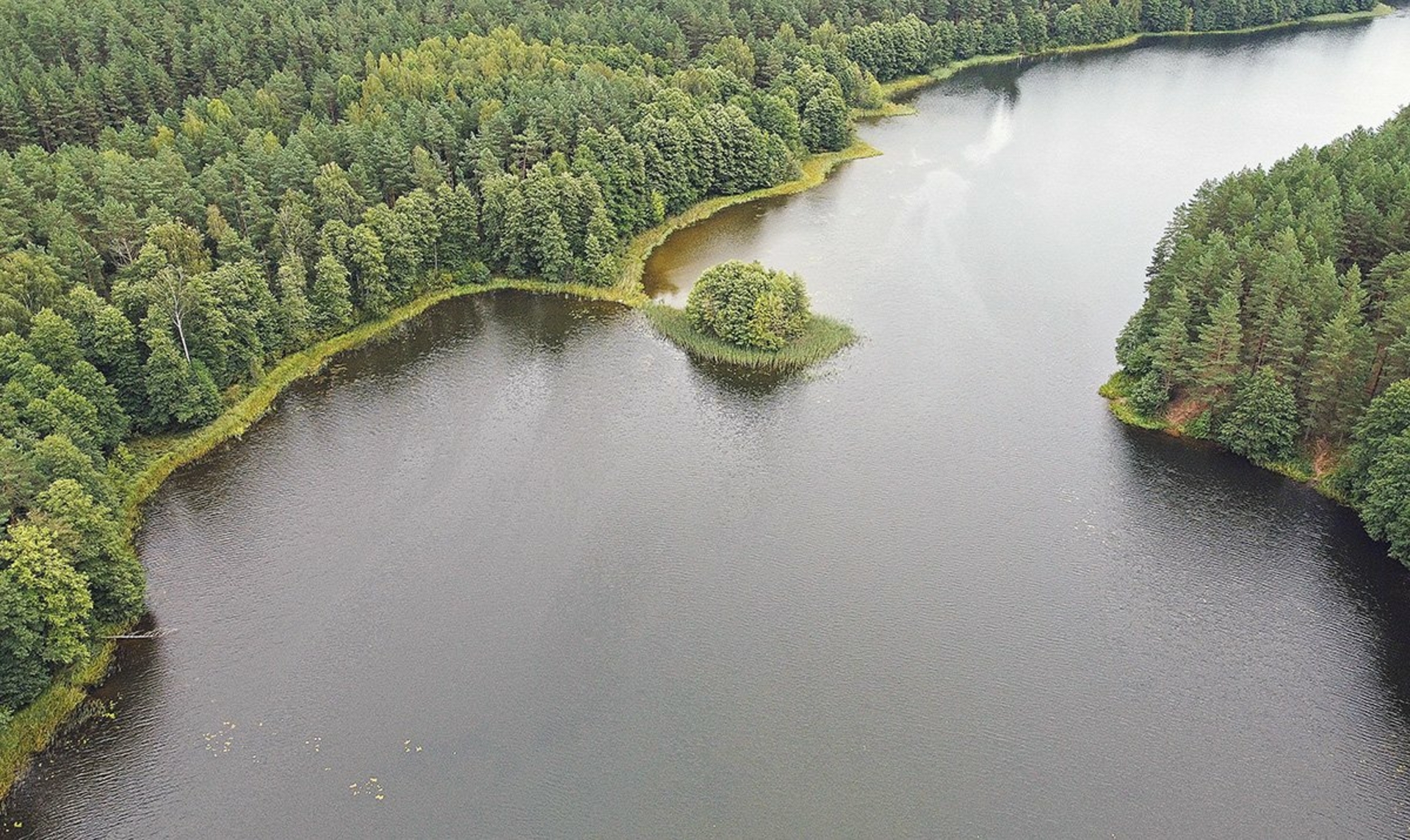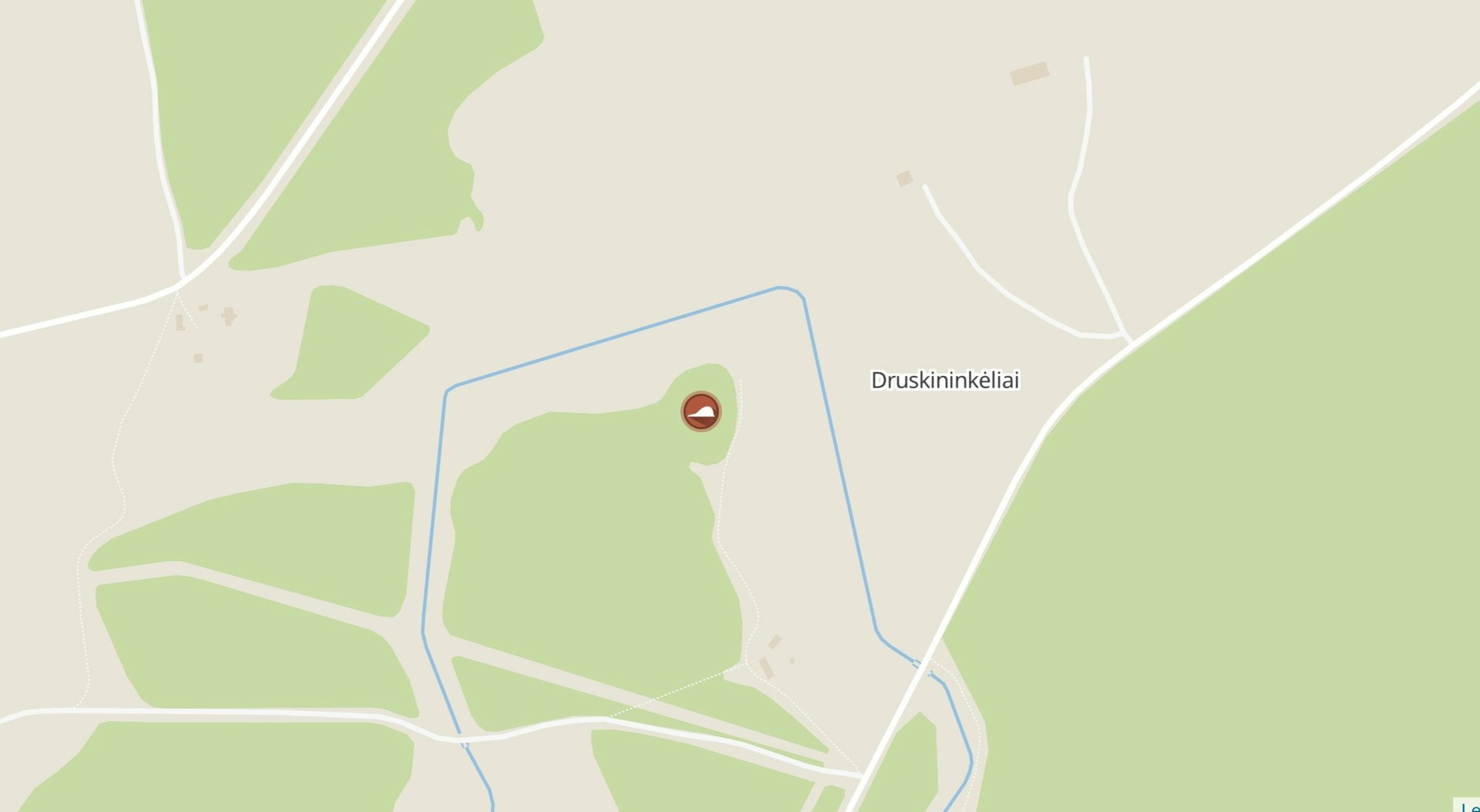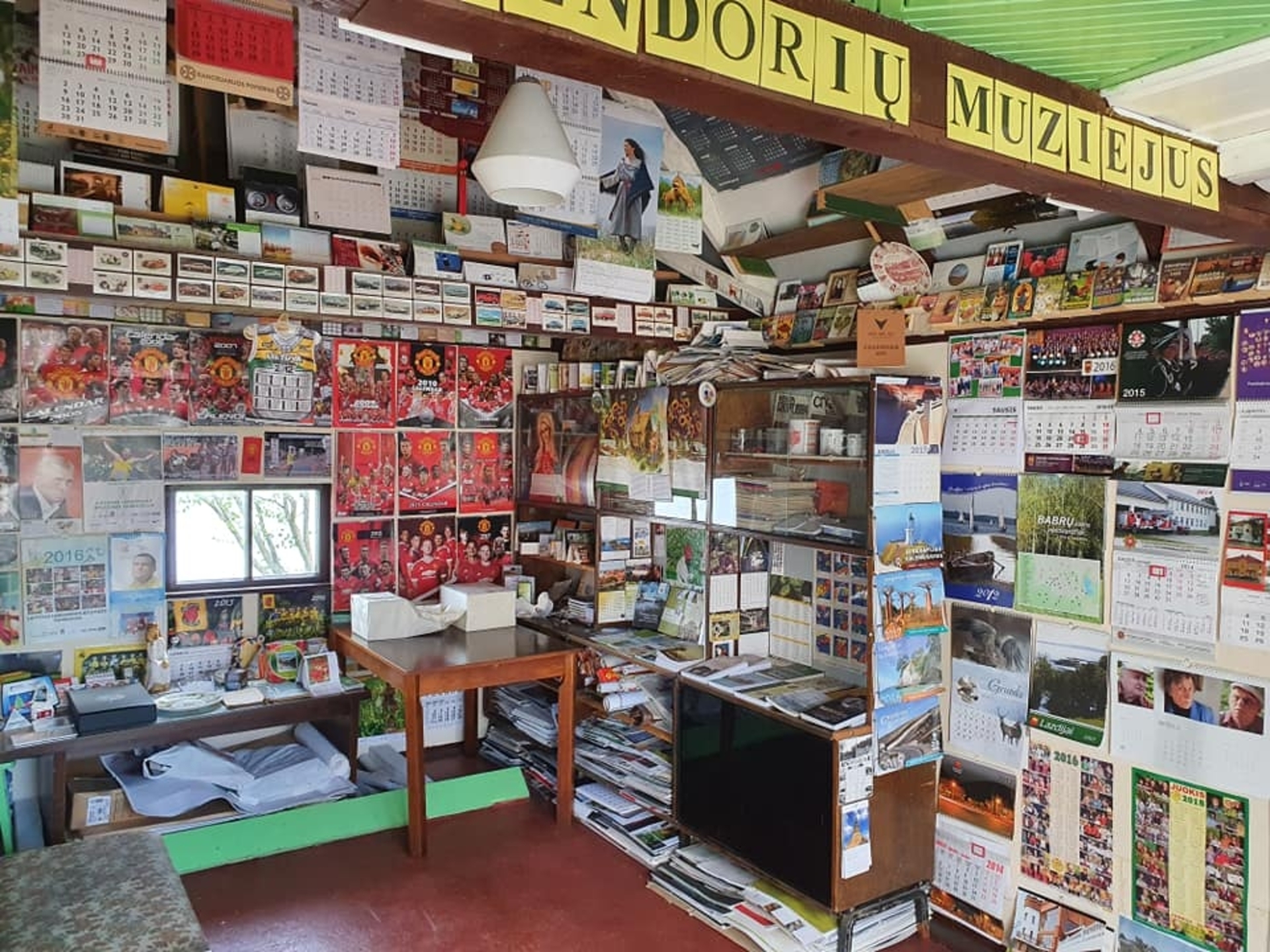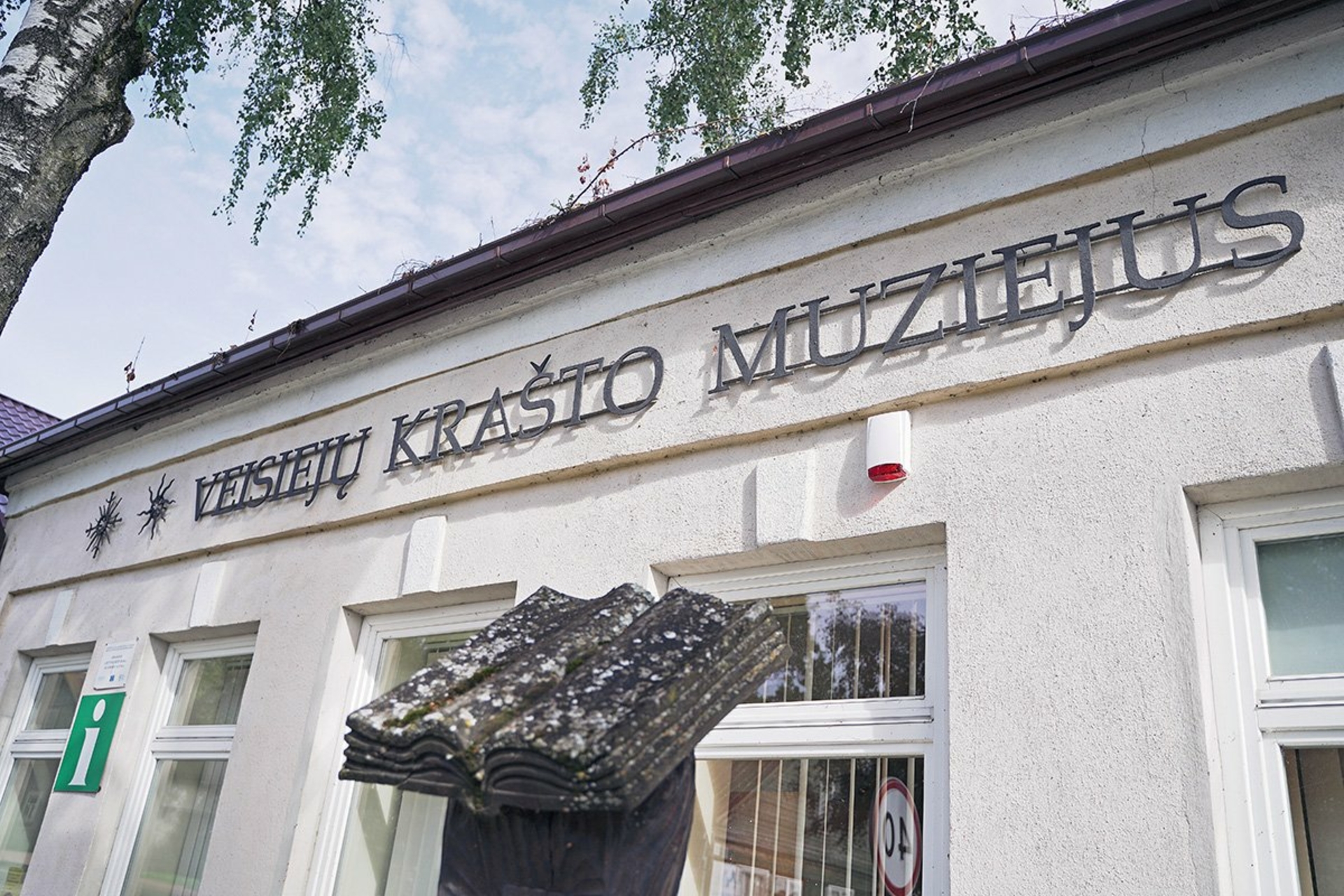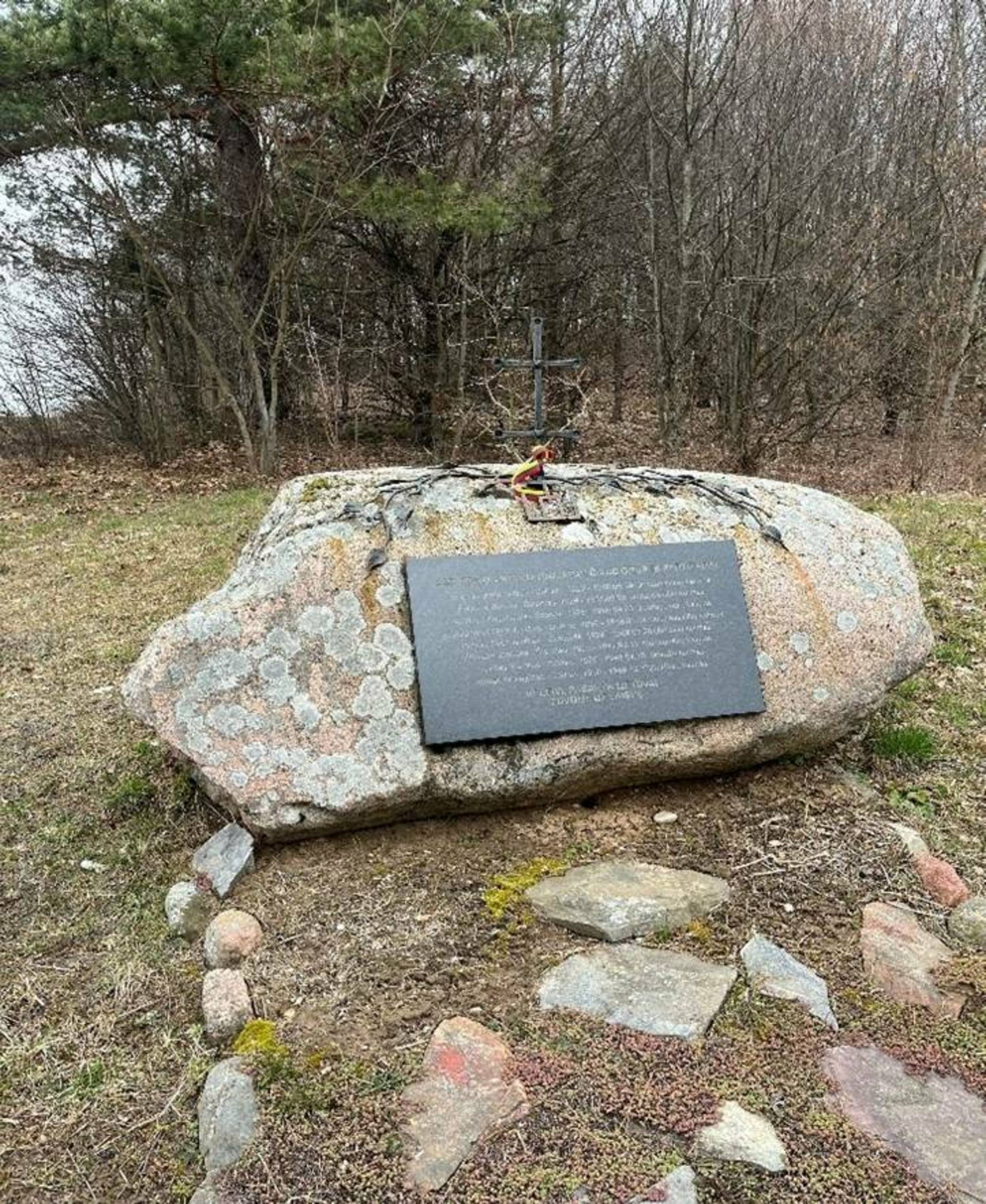Site of the Struggle and Death of Lithuanian Partisans (Juozapavičių Village)

24

0

0
In March 1945, partisans from Captain Juozapavičius’s group carried out a daring ambush. At 3 AM, between the villages of Stračiūnai and Barzdžiūnai, these fighters opened fire on NKVD soldiers traveling with seven carts. The battle involved the group’s deputy commander, Sakalas (Vincas Baltulionis), Naikintuvas (Jurgis Barbatavičius), Tarzanas (Bronius Zakarevičius), Voroshilov (Antanas Kleponis), Savukas (Alfonsas Sukarevičius), Giržonas (Antanas Tamulionis), Merkys (Balys Barinas), Beržinis (Bronius Tamkevičius), and Juodvarnis (Liudas Kibildis). The fighting lasted about an hour, resulting in the deaths of five NKVD soldiers.
Info
-

Historical Heritage
-
Whats new?
Nearby attractions
Nearest museums

 Entertainment
Entertainment
 Food establishments
Food establishments





























 54.24597, 23.932535
54.24597, 23.932535
 Get directions
Get directions








